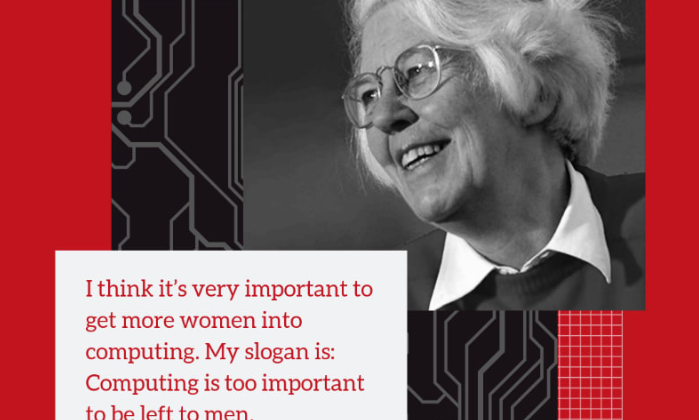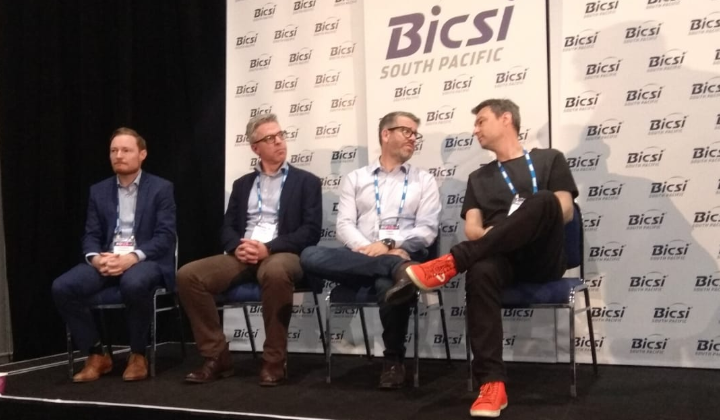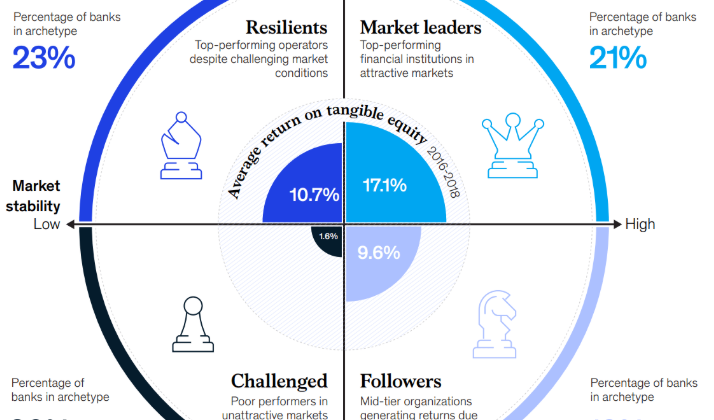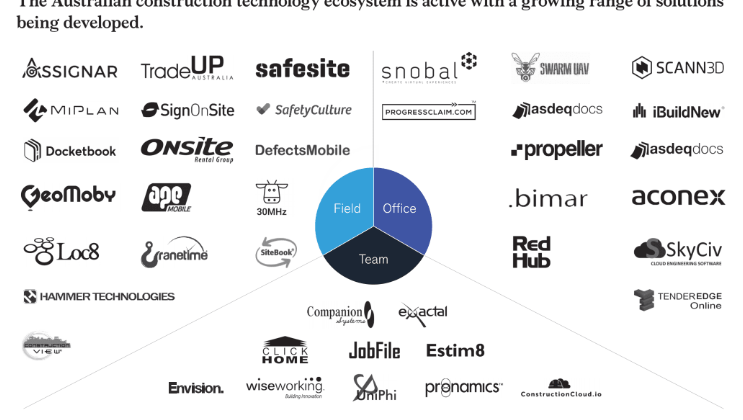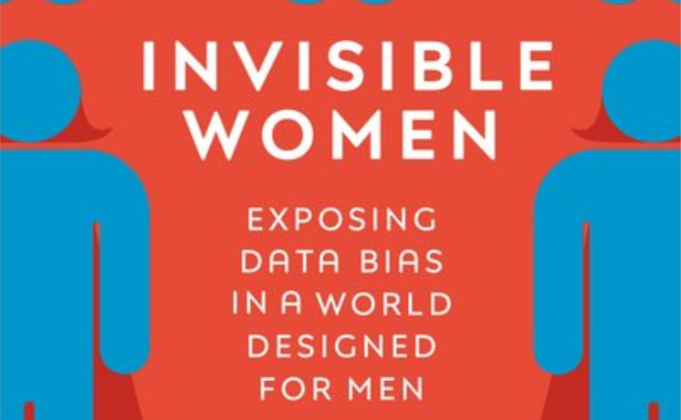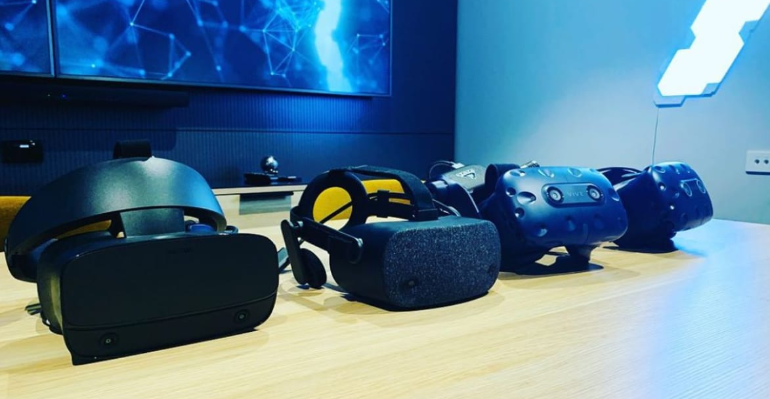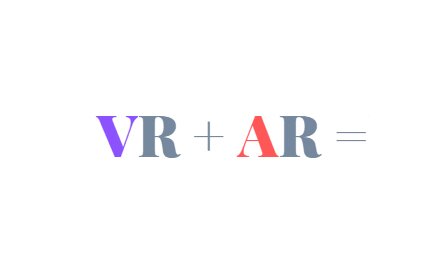Five reasons mixed gender teams are critical to VR & AR development
It’s common knowledge that gender diversity is essential in technology. And if you’re a company like Snobal working in newer technologies such as virtual reality, augmented reality (XR), not to mention spatial computing and artifical intelligence building gender diverse teams is critical.
Here’s our top five reasons why.
01. Ensures default design is not male
We know that gender diversity matters in product and technology design and development because women are 50% of the worlds population. Need we say more?
Not including their unique perspective, needs and requirements means you’re basically building something that only caters for 50% of your users i.e men.
Let’s look to the past and at car design as an example.
Female drivers are 47% more likely to be seriously injured in a car crash and 17 per cent more likely to die because seat belts were not designed with women in mind. Crash test dummies and by consequence car belts were designed with the average man in mind with no account taken of pregnancy or women’s anatomy.
End result? Car seats designed for men, by men.
You can read more about this topic and what happens when you don’t design with women in mind with Criado Perez fascinating book Invisible Women: Exposing Data Bias in a World Designed for Men.
02. Means better business performance
Gender diversity in technology has been shown to lead to better business performance.
Studies published in Science found that teams’ collective intelligence increased with the number of women in the group.
One explanation is that the presence of women “enhanced collective social sensitivity, leading to higher collective intelligence”.
On an unrelated but also to a certain extent related note, the above research did make us think of highly influential BlackRock Chair and CEO Laurence D. Fink annual letter to CEO’s released in January.
In the letter he outlined how climate change has become a defining factor in companies’ long-term prospects. That companies “cannot achieve long-term profits without embracing purpose and considering the needs of a broad range of stakeholders”.
Finks comments herald to business that increased social senstivity (consideration of others needs) is now needed to survive. And with the study above indicating that the presence of women in teams “enhanced collective social sensitivity” it does lead to an interesting question. Are businesses with more gender mixed team better placed for sucess in this evolving landscape where purpose will be valued just as much as profit by the investment community?
03.Means better sales and profits
Teams with an equal gender mix had better sales and profits than male-dominated teams found a field experiment published in Management Science. The research shows that teams with mixed gender teams tend to me more “generous and egalitarian” but not only that :
Business teams with an equal gender mix perform better than male-dominated teams in terms of sales and profits.
04.Means better products
We know that there appears to be significant differences between male and female “on all presence (i.e the sense of immersion or that something is “real”) subscales”.
The subscales include Spatial Presence, Realness, Sense of Being There.
Research has shown that men generally reported a higher sense of spatial presence, more perceived realism and higher levels of sense of actually being in an experience or environment than women. Although this research had a small sample size the findings has obvious implications for XR development especially for those working in health and gaming / entertainment applications.
If you want to design and develop better XR products and solutions you need to include and design for women.
05. Means more innovation
Research at the University of Granada in Spain have shown that product and process innovation is more positively influenced when the management team of a business is more balanced in number of men and women. As the paper reported:
Gender diversity in the top management team thus seems to encourage a work climate that stimulates development of new ideas, exchange of knowledge, communication, and trust, while also favoring execution of more processes and routines, and use of resources that are more effective in achieving innovation in products and processes.
On a final note, we look to the words of Karen Sparck Jones, a pioneering British computer scientist who specialised in natural language processing and information retrieval. As Spӓrck Jones once said:
Source: www.disruptorsco.com
Want to work in a fast growing technology company?
Speaking of gender diversity in newer technologies, Snobal currently has a number of career opportunities open in its engineering, creative and delivery team.
If working in spatial computing, VR and AR are of interest to you or you know someone who might be interested – reach out.
Instructional Experience Designer (currently accepting applications)
XR Developer (Unity / Unreal) (currently accepting applications)
QA Engineer (coming soon – )
Backend Web Software Engineer (coming soon – )
Web Application Software Engineer (coming soon – )
More info – snobal.io/careers


